Galaxy S And Galaxy Note Merger Makes Perfect Sense
With the upcoming launch of the Galaxy Note 9 and news of the Galaxy S9's lackluster sales numbers, it's not entirely surprising to hear murmurs of Samsung axing one or the other product lines. Of course, that still depends on how well or how badly the Galaxy Note 9 performs in comparison. It might, however, be more beneficial to simply merge its two flagship phones completely, whatever name it comes up with. That might even mean axing the non-Plus model as well.
Trouble at Samsung
While it's not as bad as it was before the Galaxy S8, at least not yet, Samsung is worried it might find itself in the red again. The Galaxy S9 and S9 Plus aren't exactly doing well, prompting the consumer electronics giant to rush and plug up the holes in its ship. So far, however, anticipation for the Galaxy Note 9 has been ambiguous.
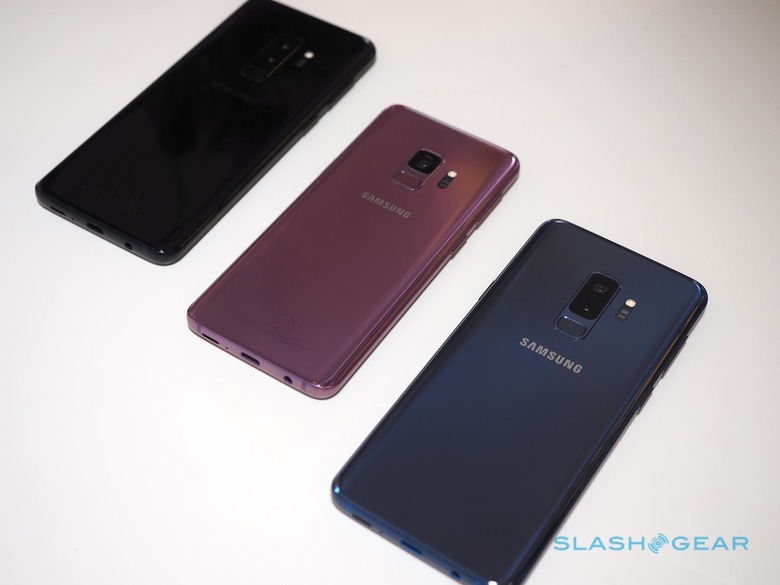
According to sources, if the Galaxy Note 9 manages to sell well, Samsung might give the Galaxy S Plus model the boot. On the other hand, should the Galaxy Note 9 flop, it will be the one that gets its features assimilated by the larger Galaxy S. In both cases, the smaller non-Plus Galaxy S would remain. It might, however, be better if Samsung just merged all three into one.
Narrowing gap
Once upon a time, the line that divided the Galaxy S and the Galaxy Note was clear and well-defined. The Galaxy Note heralded the phablet movement that even Apple has now conceded. The Galaxy Note phones had higher specs, bigger batteries, and often more experimental features. And, most importantly, the Galaxy Note has a stylus. Only that last one remains a differentiating factor. The Galaxy S Plus is a true phablet and has dual cameras as well. No Samsung flagship now has a non-curved edge nor a non-Infinity Display screen.
Samsung is being conservative with batteries after the Galaxy Note 7 fiasco and the cycle for new hardware components no longer sync with Samsung's own launch schedules. In short, there is very little these days that differentiate the Galaxy Note from the Galaxy S line, especially the Galaxy S Plus.
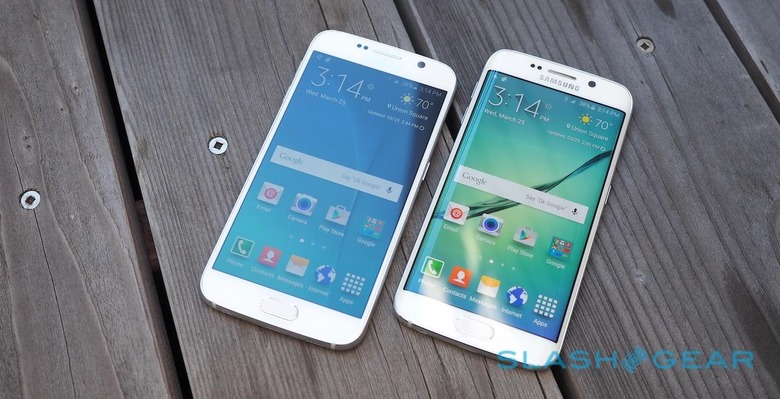
What about the smaller Galaxy S, you ask. Truth is, the way it differs from the Galaxy S Plus or the Galaxy Note are almost the very same things users DON'T want. It has a painfully small battery and it has only one camera, things that, these days, have become important to consumers.
While a smaller size might still be an advantage to some, market trends show that consumers are more welcoming of phablet sizes these days if it means getting other advantages – and, yes, having a bigger screen is actually an advantage these days as well.
Pen advantage
So the Galaxy Note's only real differentiator is the S Pen. And despite being a "stylus guy" myself, I do admit that it has really come down to this: either you have it or you don't. Samsung remains the only manufacturer to have a solid stylus (sorry LG). And that might actually be its biggest advantage.
Judging by the noise netizens make, there is actually a market for that kind of input device for smartphones, not just tablets. There have been expressed (and sometimes vocal) wishes for Apple to support the Pencil on iPhones. Then again, they don't exactly need to because of some third-party styluses that offer nearly the same features as the Apple Pencil. The inevitable era of foldable phones and tablets almost begs for styluses. And Samsung already has years of experience on that front.
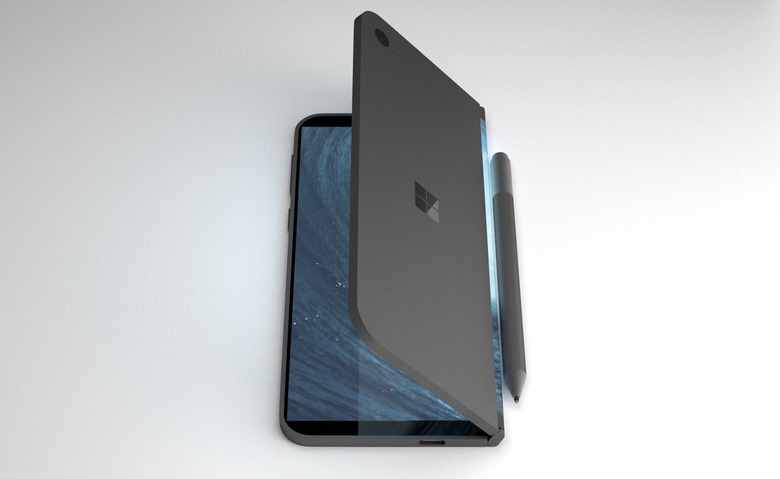
With the move to bezel-less screens and notches, smartphones are becoming more and more identical. Samsung will standout not only because of its design but also by having one feature many will be scrambling for in the near future: a stylus.
Brand strength
Until last year, Apple's iPhone branding has been predictable and reliable. The day it introduced three phones started to make things more confusing. Now all three will look similar and the iPhones will reach a naming mess of MacBook proportions. Samsung now has the chance to be the lighthouse in that stormy sea.
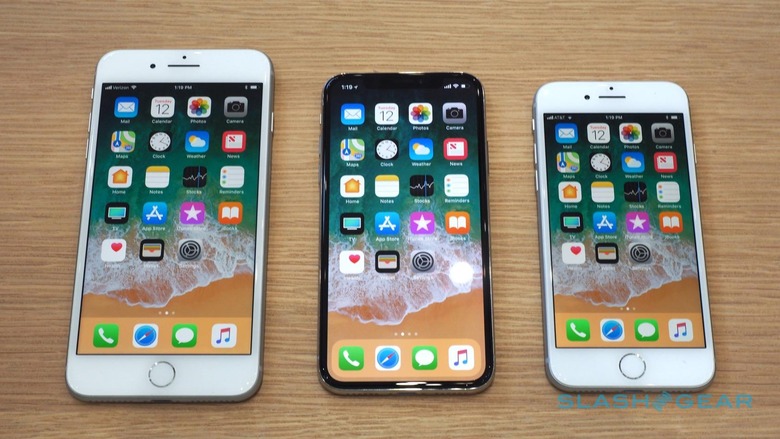
In the past, it has thrived with two major launches a year with two smartphones each launch. Such a strategy no longer seems to work, even for other smartphone makers. What has once been a source of wonder and excitement has now become a burden to consumers.
There are just too many models and variants to consider (we're looking at you, ASUS). And the tiered scheme is starting to backfire. Most will either aim for the best of the three, like a Huawei P20 Pro, or just go for an affordable budget brand or model. It no longer makes sense to go for a "Lite" version that has almost nothing in common save for the name.
The (Galaxy) X Factor
Consolidating the S and Note lines also leaves Samsung plenty of wiggle room for the Galaxy X. Presuming, of course, that it decides to continue in that direction. The Galaxy X, in a way, would take the place of the Galaxy Note as the more experimental flagship model of the year. And the more expensive one to boot.
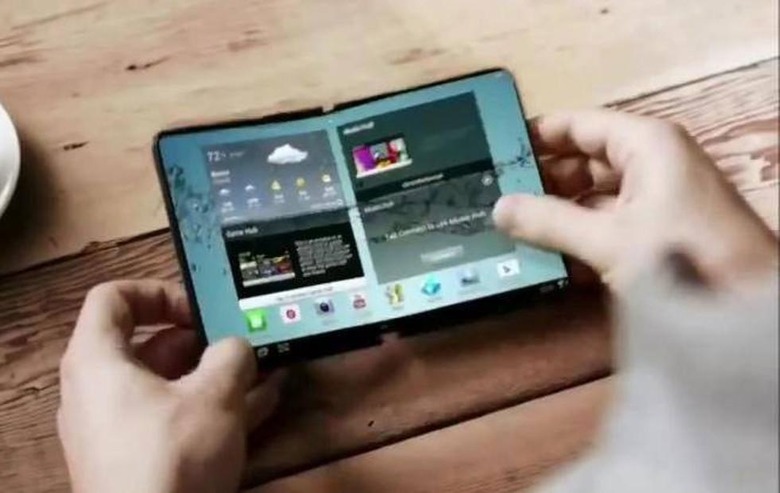
That last bit will be important. If the Galaxy X and its foldable successors truly take off, it will be the standard by which Samsung's other phones will be measured against. Many will want the features without the price or even the folding gimmick. Features such as a large screen, software, and stylus input. In other words, the Galaxy S/Note would become the non-folding and more affordable Galaxy X.
Price
The one argument against such a unification would be the price tag. The Galaxy Note is often as much as $200 more than a Galaxy S, $100 more than a Plus model. Given similarities in almost all other things, we can only presume the price difference comes from the stylus, the digitizer in the screen, and the license to Wacom. That has put the Galaxy Note 8 only slightly lower than the iPhone X last year.
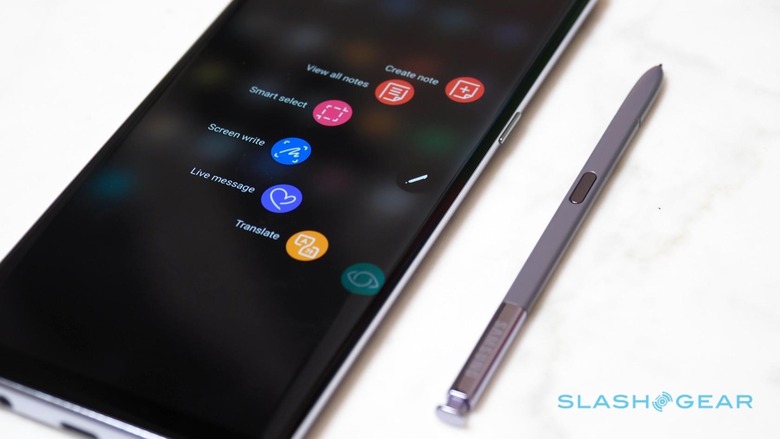
The price gap, however, is also narrowing and cheaper doesn't always translate to sales, as the Galaxy S9 proved. The iPhone X still sold well considering its price, though Samsung has admittedly more competition in that area, including from its self. Its Galaxy A series, for example, is starting to get closer to the Galaxy S that it could, to some extent, almost replace it.
Wrap-up: Under one Galaxy
The above is based on a scenario where Samsung chooses to make the Galaxy Note the Galaxy flagship. Of course, there are other possible scenarios, including making the Galaxy S Plus the only one.
Samsung's move towards a Bluetooth-enabled S Pen could even be seen as a way to make the stylus an optional part of a future stylus-less flagship. Whatever path Samsung decides to take, one thing is clear: it needs to make a big change because simply throwing things to a wall and seeing which one sticks no longer works.
